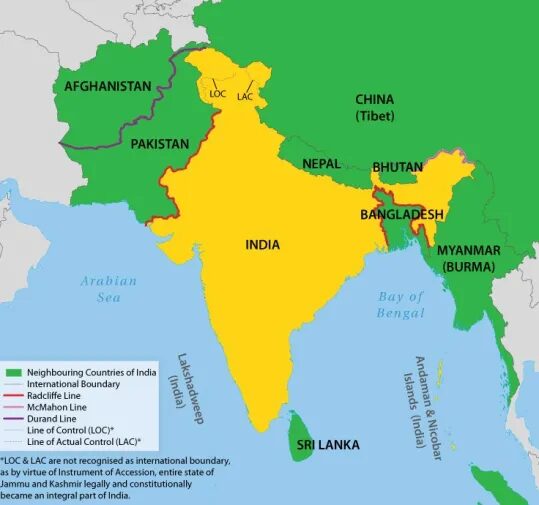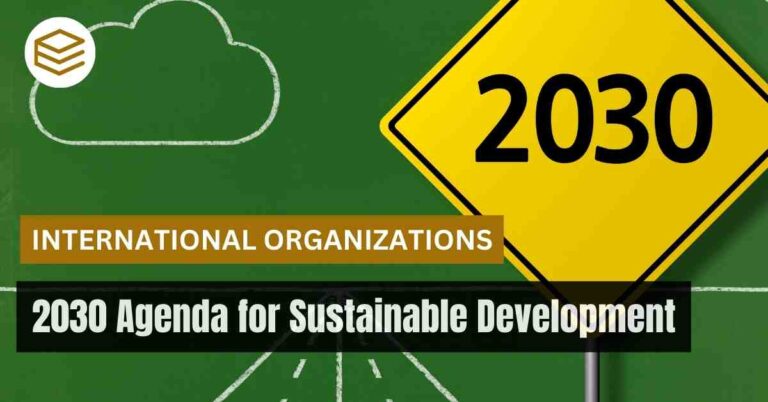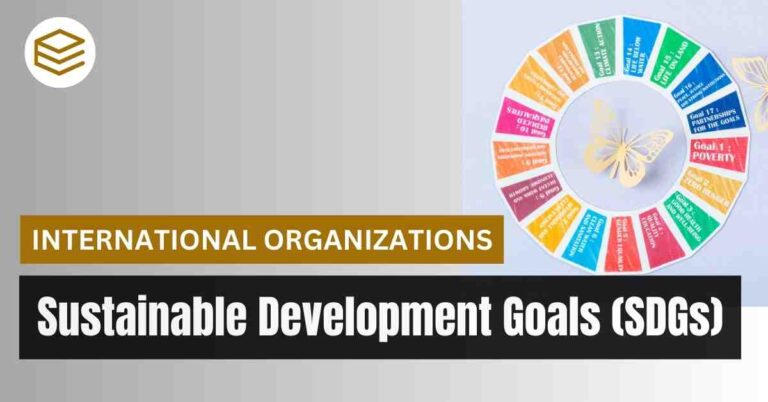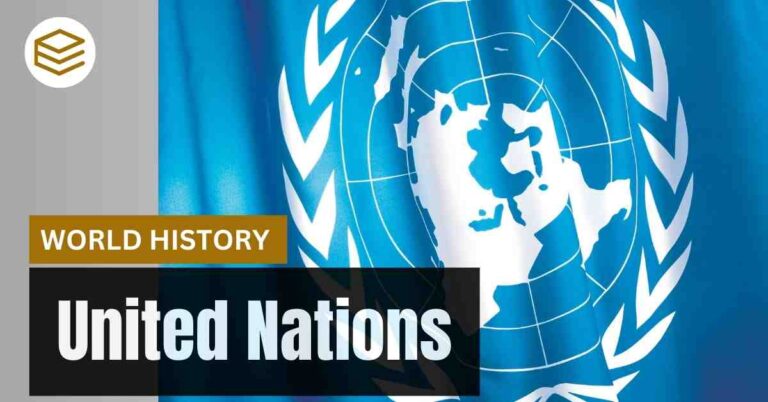December 9, 2025 12:27 am
Introduction
India’s foreign policy is the framework that guides its interactions with the world, emphasizing sovereignty, peace, development, and strategic autonomy. Since gaining independence in 1947, India has sought to balance its regional commitments with global aspirations. Located in a geopolitically strategic position in South Asia, India’s foreign policy focuses on maintaining strong ties with neighbors while forging partnerships with global powers.
This article examines India’s relations with its neighbors and strategic partners, exploring the historical context, key issues, recent developments, challenges, and opportunities.
Post-Independence Period (1947–1962)
- India adopted a Non-Aligned Policy to avoid Cold War rivalries and ensure strategic autonomy.
- Panchsheel Agreement (1954) with China emphasized peaceful coexistence.
- Initial relations with neighbors like Pakistan and Sri Lanka were shaped by territorial and ethnic issues.
1962–1991: Regional Challenges
- The Sino-Indian War (1962) marked a turning point, leading to strained relations with China.
- India faced two wars with Pakistan (1965, 1971), with the latter resulting in the liberation of Bangladesh.
- During the Cold War, India leaned towards the Soviet Union for defense and economic support.
Post-Cold War Era (1991–Present)
- The collapse of the Soviet Union prompted India to diversify its partnerships, especially with the USA and European nations.
- Economic liberalization in 1991 shifted India’s focus toward trade and investment.
- Recent decades have seen India adopt policies like Act East, Neighborhood First, and a proactive stance in multilateral organizations.
- Strategic Autonomy: Maintaining independence in decision-making while engaging with multiple global powers.
- Non-Alignment 2.0: Adapting the non-aligned approach to modern geopolitical realities.
- Neighborhood First Policy: Strengthening ties with South Asian neighbors for regional stability.
- Act East Policy: Fostering closer ties with ASEAN and East Asia to enhance economic and strategic cooperation.
- Energy and Trade Diplomacy: Ensuring energy security and expanding global trade relations.
- Environmental Leadership: Leading global efforts in combating climate change, as seen through initiatives like the International Solar Alliance.
1. Pakistan
- Key Issues:
- Territorial Disputes: Centered around Jammu & Kashmir and the Line of Control (LoC).
- Terrorism: Cross-border terrorism and support for non-state actors remain persistent issues.
- Water Disputes: Sharing of river waters under the Indus Waters Treaty (1960).
- Recent Developments:
- Revocation of Article 370 (2019) heightened tensions, with Pakistan downgrading diplomatic ties.
- Ceasefire agreement along the LoC in 2021 brought temporary relief.
- Future Outlook:
- Backchannel diplomacy and confidence-building measures are essential for peace.
- Trade normalization could pave the way for economic interdependence.

2. China
- Key Issues:
- Border Disputes: The unresolved Line of Actual Control (LAC) has been a source of frequent standoffs.
- Trade Imbalance: India’s imports from China far outweigh its exports, creating economic dependency.
- Strategic Rivalry: Competition in the Indo-Pacific region and global forums like BRICS and SCO.
- Recent Developments:
- The Galwan Valley Clash (2020) marked the most significant border escalation in decades.
- Bilateral trade remains robust, crossing $125 billion in 2021-22 despite tensions.
- Collaborative Areas:
- Climate change, global health, and multilateral institutions offer avenues for cooperation.
3. Nepal
- Key Issues:
- Border Disputes: The Kalapani-Lipulekh issue has strained bilateral ties.
- Chinese Influence: China’s growing investments in Nepal challenge India’s traditional dominance.
- Recent Developments:
- High-level visits and agreements on hydropower projects have strengthened ties.
- India remains Nepal’s largest trading partner and a key provider of development aid.
- Strategic Importance:
- Nepal’s position as a buffer state between India and China underscores its geopolitical significance.
4. Bangladesh
- Key Issues:
- Water Sharing: Disputes over the Teesta River remain unresolved.
- Illegal Immigration: Concerns over undocumented migration from Bangladesh.
- Recent Developments:
- Bilateral trade has grown, with Bangladesh becoming India’s largest trading partner in South Asia.
- Initiatives like the BBIN Motor Vehicle Agreement aim to enhance regional connectivity.
- Opportunities:
- Joint efforts in energy, trade, and disaster management can further strengthen ties.
5. Sri Lanka
- Key Issues:
- Ethnic Tensions: India’s support for Tamil rights has historically been a point of contention.
- Chinese Presence: Projects like the Hambantota Port highlight China’s growing influence.
- Recent Developments:
- India provided critical assistance during Sri Lanka’s economic crisis in 2022.
- Maritime cooperation under the SAGAR Initiative (Security and Growth for All in the Region) has expanded.
- Future Outlook:
- Strengthening economic ties and addressing shared security concerns will be key priorities.
6. Bhutan
- Key Highlights:
- Bhutan’s foreign policy is closely aligned with India due to its historical and cultural ties.
- Hydropower projects like the Tala Dam form the backbone of bilateral economic relations.
- Challenges:
- Growing Chinese influence in Bhutan’s border negotiations.
7. Afghanistan
- Key Issues:
- Political instability following the Taliban’s return to power.
- Concerns over terrorism originating from Afghan soil.
- India’s Role:
- Developmental assistance through projects like the Salma Dam and Zaranj-Delaram Highway.
- Humanitarian aid amid the ongoing crisis.
1. United States
- Key Aspects:
- Defense ties through agreements like LEMOA, COMCASA, and BECA.
- Collaboration in technology, education, and space exploration.
- Shared goals in the Indo-Pacific under the Quad Framework.
- Challenges:
- Trade disputes over tariffs and intellectual property.
- Diverging views on issues like Russia-Ukraine conflict.
2. Russia
- Key Aspects:
- Historical defense cooperation, with India being the largest buyer of Russian arms.
- Energy collaboration, including Arctic exploration and LNG imports.
- Challenges:
- Managing ties with Russia amid growing US-India relations.
- Reducing dependency on Russian military hardware.
3. Japan
- Key Aspects:
- Infrastructure projects like the Mumbai-Ahmedabad bullet train.
- Collaboration on renewable energy and smart cities.
- Maritime security cooperation in the Indo-Pacific.
4. European Union
- Key Aspects:
- Negotiations on the India-EU Free Trade Agreement.
- Partnerships in climate action, green technologies, and digital economy.
1. United Nations
- Advocacy for reforms, including India’s permanent membership in the UN Security Council.
2. G20
- India’s presidency in 2023 emphasized inclusive growth, digital transformation, and climate action.
3. BRICS
- Promoting economic and technological cooperation among emerging economies.
4. QUAD
- Ensuring a free, open, and inclusive Indo-Pacific region.
- Border Disputes:
- Persistent tensions with China and Pakistan over unresolved borders.
- Geopolitical Shifts:
- Navigating the complexities of US-China-Russia relations.
- Economic Dependencies:
- Trade imbalances with key partners like China.
- Climate Change:
- Addressing shared environmental challenges with regional and global stakeholders.
- Energy Security:
- Diversifying imports and investing in renewable energy partnerships.
- Technological Leadership:
- Collaborating on AI, quantum computing, and space exploration.
- Regional Stability:
- Strengthening the Neighborhood First Policy through trade and connectivity initiatives.
Relevance for UPSC
Prelims
- Focus on key agreements, multilateral organizations, and current developments.
Mains
- Analytical questions on foreign policy challenges and strategies.
Essay Paper
- Topics like “India’s Role in a Multipolar World” and “Foreign Policy and National Interest.”
Interview
- Questions on recent developments and India’s stance on global issues.
Conclusion
India’s foreign policy is a dynamic blend of realism and idealism, balancing regional responsibilities with global ambitions. By maintaining strong ties with neighbors, fostering strategic partnerships, and actively participating in multilateral platforms, India aims to secure its interests and contribute to global peace and development.
Useful Links >>
UPSC Mains Syllabus – General Studies-I: This post provides a detailed breakdown of the General Studies-I syllabus, covering Indian Heritage and Culture, History, and Geography of the World and Society.
Complete Notes of History for UPSC: A comprehensive collection of history notes tailored for UPSC aspirants, encompassing ancient, medieval, and modern Indian history.
UPSC CSE Exam 2025: An Insight: Gain insights into the UPSC Civil Services Examination for 2025, including important dates, exam patterns, and preparation strategies.
Important Books for UPSC Exams: A curated list of essential books recommended for various subjects in the UPSC examination, aiding in effective study planning.
UPSC Prelims Syllabus: An in-depth overview of the UPSC Preliminary Examination syllabus, helping candidates understand the topics to focus on during their preparation.






[…] India’s Foreign Policy: Relations with Neighbors and Strategic Partners […]
[…] India’s Foreign Policy: Relations with Neighbors and Strategic Partners […]